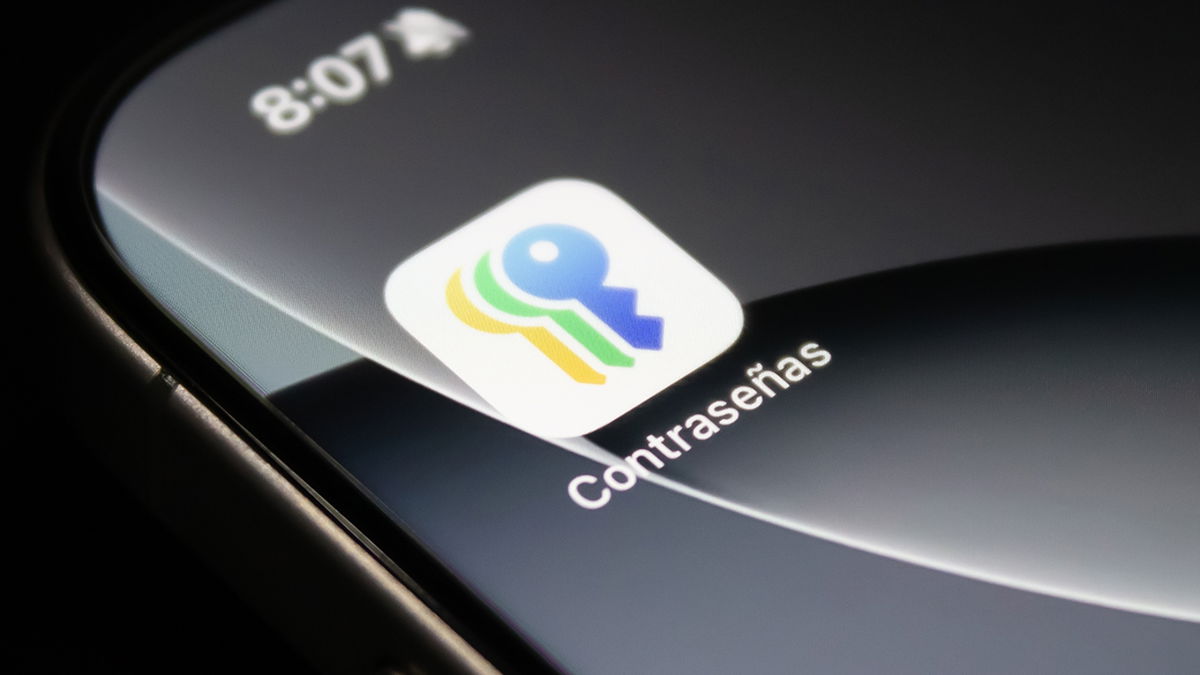Unlocking the mobile securely with the fingerprint makes the process much faster and more efficient, but it is not always easy: depending on the quality of the scanner, and the unlocking conditions, you will probably have to try several times. Does this happen to you often? Give him a solution.
Biometrics has dramatically improved security on smartphones, all with some drawbacks; especially when the components responsible for recognizing faces or fingerprints they don’t work as they should, aren’t of the best quality, or are hampered by other elements, like the design of the mobiles themselves. In the case of fingerprint scanners, unlocking can be improved with a few tricks. Let’s see which ones.
Your fingerprint reader can always be a bit more accurate

Capacitive fingerprint reader on the side. asus zenfone 9
The fingerprint reader aims to secure access to the phone without having to enter a complex password every time you turn on the screen. Of course, one thing is the bet and another is what is actually achieved in practice: as we all know who have mobile phones with a fingerprint reader, there will always be an occasion when we have to put the imprint more than once
You want to unlock the phone and put the fingerprint. It does not work. You put your finger a second time and neither. You move it a bit so that the reader recognizes another area of the finger. Mistake. You try again by placing your finger diagonally across the scanner. And the phone is completely locked: too many attempts.
If you recognize yourself in this scene, you also have a phone that does not offer very good fingerprint unlocking. Without you working miracles, there are ways to make your mobile recognize you better. As much as possible, that miracles do not exist.
Register the same fingerprint multiple times

In general, each mobile phone with a fingerprint reader supports four or five records. This variety is intended to allow you to unlock the phone with multiple fingers, although the safest way is to use only two: the thumb and the index finger
Access your mobile settings, go to the “Security” area and enter the “Lock screen” options. Look for fingerprint unlock and complete all possible registers with the finger(s) you are used to using. Your mobile will be faster to unlock, you won’t need so many attempts and your experience with it will be more pleasant.
Cover the fingerprint sensor with your other hand when unlocking

This is suitable for fingerprint readers under the screen, these cameras located under a hole in the panel that capture the surface of the fingers using image capture. In order for said grip to be precise and safe, the screen illuminates the reader area as much as possible so that the camera perfectly captures each row. And since too much light interferes with reading, you might get in trouble if you try to unlock your phone outside in the sun.
Optical drives under the screen lose their effectiveness if you unlock the phone in a bright environment
A very useful trick to improve the reading of the fingerprint outdoors is cover the phone with the opposite hand to the one you use to unlock with the fingerprint. This will prevent excessive light from entering the fingerprint camera; which adds greater accuracy to the reading, avoiding attempts to unlock.
Increases the touch sensitivity of the screen

If you have an under-screen fingerprint reader, as well as a protector, you can improve unlocking accuracy and speed by performing the following process:
- Go to your Android’s settings and enter the “Display” options.
- Find the “Increase Touch Sensitivity” menu and enable it.
Other Unlock Recommendations for Improvement
With the three previous tips you will have considerably improved the accuracy of your fingerprint reader. In addition, there are a series of tips that also improve the operation of the fingerprint reader.
- Make sure the screen protector is in perfect condition if you have an optical scanner.
- Try unlocking the phone with clean, dry hands.
- If the reader does not recognize your finger because it cannot read the fingerprint grooves well, switch to a better fingerprint.
Table of Contents








